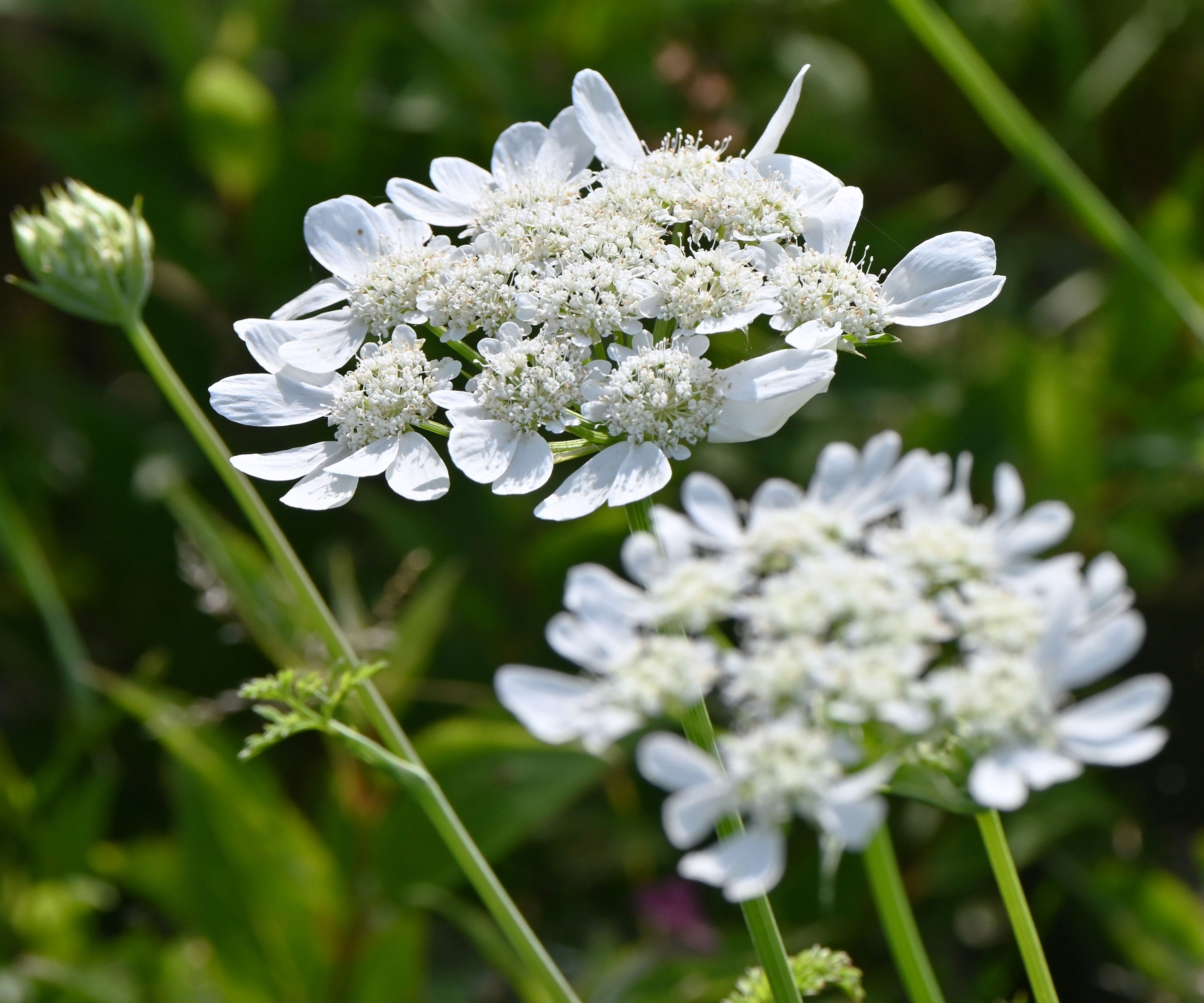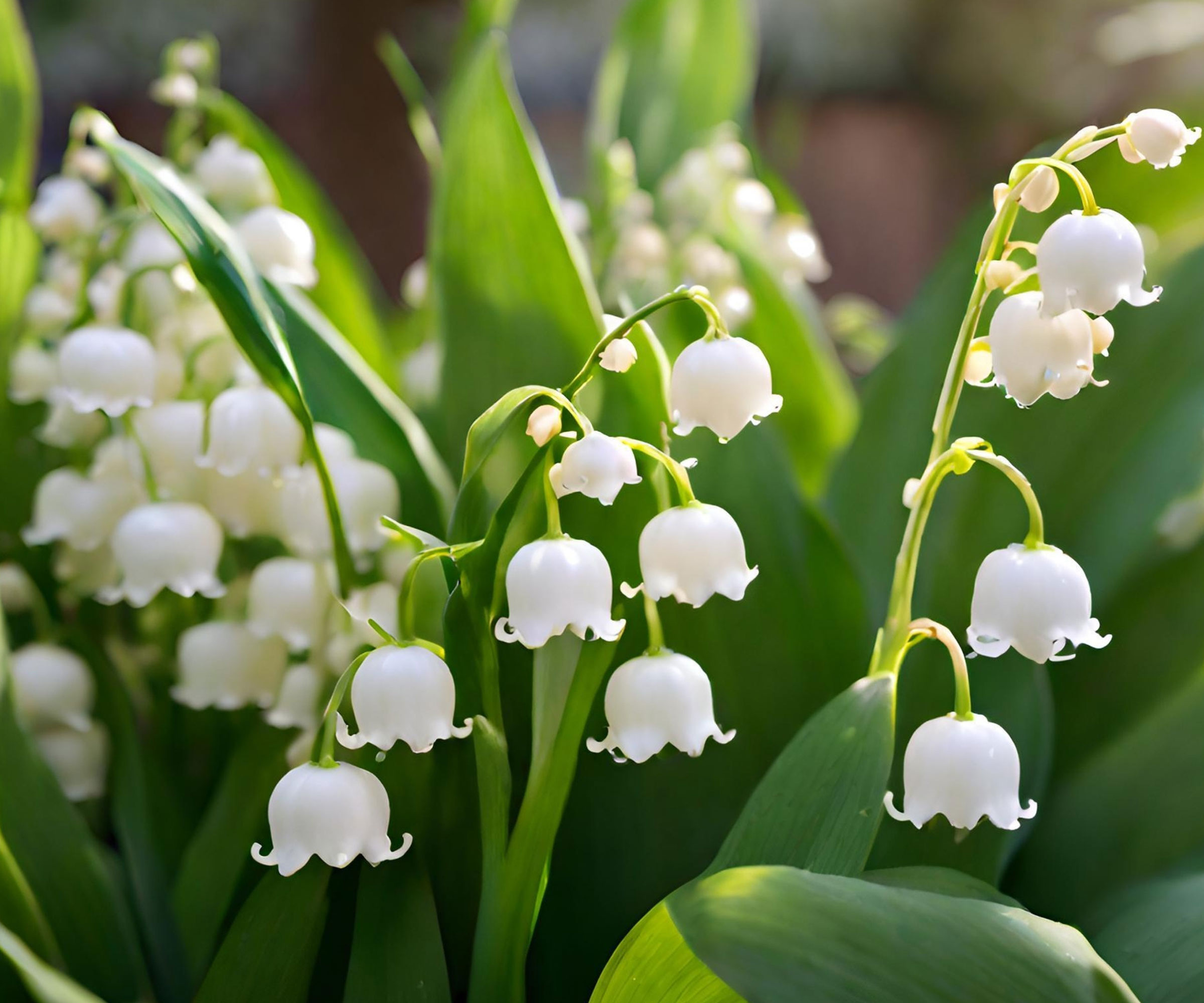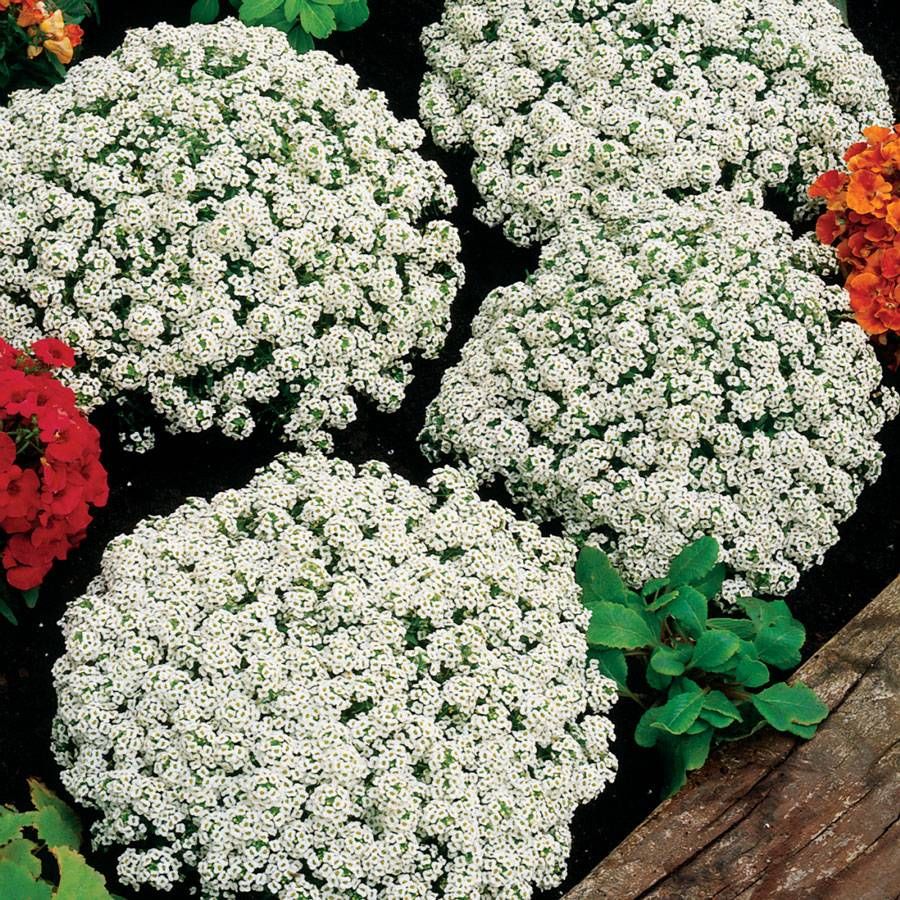Want Bright White Blooms? 12 Best White Flowers To Grow In Your Yard
A bold splash of color may add interest – but the right whites infuse brightness, purity and class. Here are 12 of the best white flowers to add to your plot


Planting white flowers in the landscape is a great way to add elegance and appeal to formal beds. The best white flowers create a calm and timeless beauty with classic lines that complement any theme from cottage to contemporary. Whether you’re using white as a supporting shade against vivid tones, or creating all white gardens, there’s a flower here that can create bold textures filled with brightness and purity.
Pristine white blooms improve the balance and contrast among your plantings, and can help further your vision for the space. However, choosing the right species to achieve the desired effect can be a challenging task. This selection includes shrubs with white flowers, impressive perennials, climbers, bulbs and plants for pollinators and fragrance. Here, we round up some of the most beautiful white flowering plants you can grow to add style and elegance to your yard.
1. Hydrangea

Hydrangeas are loved by gardeners for their ability to effortlessly transform a landscape. Hydrangeas are also amongst the most popular white flowers for shade, thriving in beds where they are sheltered during the hottest parts of the day. Hydrangea species best known for their white flowers include Hydrangea paniculata, H. quercifolia and H. arborescens. Though hardiness will vary, gardeners living in USDA zones 3-9 are most likely to find success growing white hydrangea plants.
2. Shasta Daisy

Commonly found in wildflower beds and informal plantings, shasta daisies are known for their attractive white flowers with yellow centers. Blooms last through summer, attracting pollinators and various species of beneficial insects. You can expect these low-maintenance plants to thrive under a wide range of conditions, including those that are less than ideal, but offer them good drainage and ample light. Anyone planting shasta daisies will find they return as perennials in USDA zones 5-9.
3. Sweet Alyssum

Alyssum is well suited to landscaping as well as containers. The early bloom and sweet fragrance associated with growing sweet alyssum is especially attractive to pollinators, luring a variety of beneficial insects and butterflies to the garden. Large plantings of sweet alyssum used as ground cover help to suppress weeds and conserve moisture through summer. Popular white varieties include Carpet of Snow, Snow Cloth and Tiny Tim.
4. White Jasmine

Jasmine plants are some of the best white flowers for pots, containers and troughs. Though most species will only behave as a perennial in warmer climates like USDA zones 8-10, you can enjoy fragrant jasmine's beauty and perfume indoors and as a houseplant. Some of the most common types of jasmine in the ornamental garden include Arabian jasmine, common white jasmine and crape jasmine.
5. White Rose

A much-welcomed addition to foundation plantings and mixed borders, white roses grab the attention of both wildlife and passersby. White flowering varieties, like certain native and hybrid rose species, are favored for their dependability as well as resistance to disease. As shrubs are used frequently in companion planting, they also help by diversifying beds and improving the garden ecosystem. Popular varieties of white roses include Bolero,Claire Austin, Iceberg and Tranquility.
Sign up for the Gardening Know How newsletter today and receive a free copy of our e-book "How to Grow Delicious Tomatoes".
6. Snowdrop

An exceptionally beautiful choice for the spring garden, you can expect snowdrop (Galanthus) plants to multiply and return season after season. Once they’re planted in fall, the bulbs remain dormant until days begin to lengthen in winter. True to their name, these plants are among the first to emerge from the soil, and their blooms may even open while snow blankets the ground. Given the right snowdrop flower care, plants can spread quickly. Snowdrops are hardy to USDA zones 3-7.
7. White Coneflower

Coneflowers (Echinacea) are among the best white flowers for full sun. Tolerant of both heat and humidity, these plants are the perfect choice for waterwise landscapes and naturalized beds. Though white cultivars may be difficult to find at garden centers in spring, most can be easily grown from seed. The most common white coneflower varieties include PowWow White, Kismet White and Feeling White. Plants are hardy to USDA growing zones 3-9.
8. White Viburnum

Gardeners in search of brilliant, showy blooms will adore viburnums. Large shrubs, viburnum flowers in the spring offering lasting seasonal color and interest. In the landscape, white viburnums can be used as focal plants, in hedges or as a means to increase privacy. Viburnum plants are also of great interest to wildlife and are known to attract an exciting array of birds. Viburnum shrubs that produce white flowers include Eskimo, Popcorn, Raulston Hardy and Summer Snowflake.
9. White Lilac

Adding timeless appeal to ornamental beds, white lilacs are favored most for their enchanting fragrance. Both pollinators and visitors to the garden flock to the plant in spring, eager to catch a glimpse of its fleeting beauty and scent. Lilac cultivars which produce white flowers are no exception. Common white lilac varieties available to home gardeners include Madame Lemoine, Betsy Ross, Bridal Memories and Avalanche. Lilacs are hardy to USDA zones 3-7.
10. White Lace

White lace (Orlaya grandiflora) is celebrated for its dependable, crisp color. Standing well in the landscape, their blooms remain clean regardless of the weather, making them a highly attractive addition to ornamental beds and containers. The allure of these low-maintenance plants is furthered only by their propensity for attracting pollinators and their preference for cooler temperatures. When planning to grow white lace in your own garden, treat the plant as a hardy annual, planting it in spring or fall for the best results.
11. White Iris

Gardeners rejoice to find that there are many white iris varieties worth considering. Ranging greatly from one species to the next, white iris cultivars for the landscape can be planted to complement most any aesthetic. Though Dutch and bearded types are most common, native types can add diversity to beds with extended blooms. Irises to consider include various cultivars of Iris cristata, I. siberica and I. virginica.
12. Lily of the Valley

Producing an abundance of delicate white flowers in spring, lily of the valley (Convallaria majalis) plants remain among the most popular early-season bulbs. Resistant to both pests and disease, gardeners can expect the plant to multiply rapidly, and in many regions it’s been deemed an invasive species. Before planting lily of the valley, check with your local agricultural extension about laws or regulations regarding its cultivation.
Frequently Answered Questions
What are the Easiest White Flowers to Grow?
Determining which white flowers are easiest to grow depends on a plant's cultural needs and the conditions present in your own garden. Before planting, research which plants thrive best in your hardiness zone, and have a discussion with your local garden center experts or local extension service agents.
What is the Most Common White Flower?
The most common white flowers for the landscape vary by region. Shrubs and perennials plants are often popular due to their dependability and ease of care. Plants commonly grown in one region may not be viable in another. Visit local garden centers, browse catalogs and research plants in your hardiness region on the internet. Social media may also provide info on what’s grown in your area.
This article features products available from third party vendors on the Gardening Know How Shop.

Tonya Barnett has been gardening for 13 years. Flowers are her passion. She has transformed her backyard into a cut flower garden, which she regularly chronicles on her YouTube channel http://www.youtube.com/@tonyawiththeflowers.


